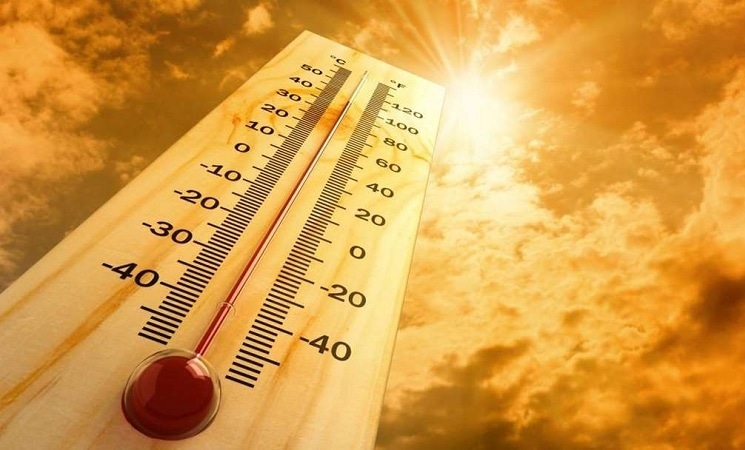In recent days, Pakistan’s southern province of Sindh has been grappling with scorching temperatures reaching up to 52°C. However, the focus on traditional temperature readings overlooks a critical factor: wet-bulb temperatures, a more accurate indicator of human health risk accounting for both heat and humidity, surpassed a dangerous threshold of 30°C.
Wet-bulb temperature, a key metric for assessing heat stress, considers the combined effects of heat and humidity on the body’s ability to regulate temperature. When humidity is high, sweating becomes less effective, hindering the body’s ability to maintain a safe core temperature of 37°C, crucial for survival.
Recent studies suggest that prolonged exposure to wet-bulb temperatures above 35°C can lead to severe health risks, including heat strokes, organ failure, and even death. Alarmingly, climate change exacerbates this threat, particularly in developing countries like Pakistan, Mexico, and India.
With global temperatures already rising by approximately 1.3°C due to human activity, the frequency of extreme humid heat events has more than doubled since 1979. As the climate warms, the air can hold more moisture, amplifying the risk of lethal humid heat.
Predictions indicate that even at a 1.5°C warming scenario, regions including South Asia, Sahelian Africa, inland Latin America, and northern Australia could experience at least one day per year of lethal heat. However, if global warming reaches 3°C, the exposure to life-threatening conditions could expand dramatically, encompassing vast areas across continents.
The situation underscores the urgent need for international support to adapt to climate change, particularly in vulnerable regions where deadly humid heat poses a significant threat to human health and well-being. Without concerted action, communities in these areas could face catastrophic consequences.
